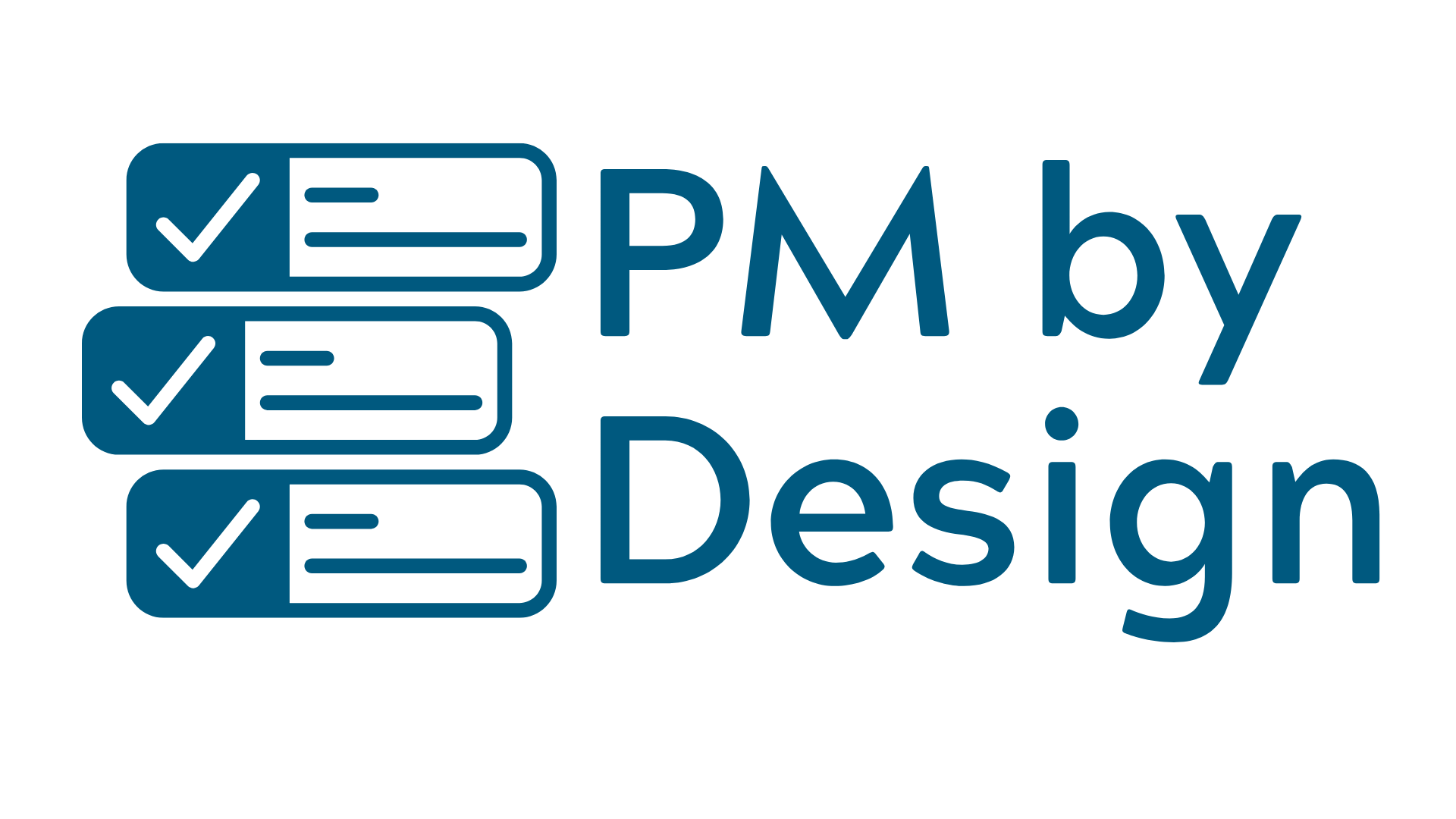What is a SOAR Analysis?
A SOAR Analysis is a strategic planning framework that focuses on an organization or team’s Strengths, Opportunities, Aspirations, and Results. Similar to a SWOT Analysis, which also examines weaknesses and threats, SOAR is a strengths-based approach designed to promote collaboration, positivity, and future-focused thinking.
In higher education, SOAR is especially useful for teams and departments looking to align their goals with institutional vision, engage diverse stakeholders, and build energy around strategic initiatives or program development. It’s often used early in the planning phase of a project or to guide reflection during an after-action review or lessons learned session.
What are the benefits of using a SOAR Analysis?
Using a SOAR Analysis can offer a fresh, energizing approach to planning and decision-making—especially in environments where teams want to shift from problem-finding to solution-building. Key benefits include:
- Positive Framing: By emphasizing strengths and aspirations, SOAR helps teams stay engaged and motivated.
- Strategic Alignment: SOAR can align a team’s or department’s work with broader institutional goals and values.
- Inclusive Planning: It invites input from across stakeholders and functional areas, building buy-in and shared ownership.
- Clarity and Focus: The structure helps teams focus on what’s possible and what matters most.
- Action-Oriented: SOAR leads directly into defining measurable results and potential key performance indicators (KPIs) to track progress.
For example, a student affairs division preparing for a new strategic plan might use SOAR to engage staff in envisioning the future of student engagement, grounded in current strengths and opportunities.
Where might you see a SOAR Analysis in higher education?
SOAR can be used in a wide variety of strategic and planning contexts, such as:
- Team retreats and planning sessions, to identify shared aspirations and align on future direction.
- Academic program design, where faculty, staff, and students work together to re-imagine curriculum offerings.
- Departmental reviews, where stakeholders reflect on what’s working well and envision the next chapter.
- Diversity, equity, and inclusion initiatives, to surface strengths and opportunities for systemic change.
- Grant proposal development, especially when aligning a project with institutional or community strengths and outcomes.
A step-by-step guide to conducting a SOAR Analysis
- Invite a mix of voices—those directly involved in the work and those who are impacted by it. A SOAR is strongest when it reflects a range of experiences and ideas.
- What initiative, program, or area of work will you be analyzing? Clarify this in advance to guide the discussion.
- Use the following prompts to guide your group:
- Strengths: What are we doing well? What resources or capabilities set us apart?
- Opportunities: What external trends or needs could we respond to?
- Aspirations: What do we care deeply about? What do we want to be known for?
- Results: What measurable outcomes will show we’re making progress?
- After gathering ideas in each category, look for themes and priorities. You may want to turn aspirations and results into draft goals or potential deliverables.
- Use the SOAR analysis to inform your charter, strategic plan, or resource management plan. Define ownership, next steps, and how you’ll track impact.
- As with any planning tool, the SOAR Analysis should be a living resource. Check in on it during project updates or reflection sessions.
Reflective questions
- How do you currently involve your team in setting strategy or vision for new initiatives?
- What strengths and aspirations are most important for your department or program right now?
- How could a SOAR Analysis help shift the conversation from fixing problems to building possibilities?
- Where in your planning process would SOAR be most useful—at kickoff, midstream, or during after-action reviews?
- What’s one project or strategic decision coming up where a SOAR Analysis could help shape direction?
